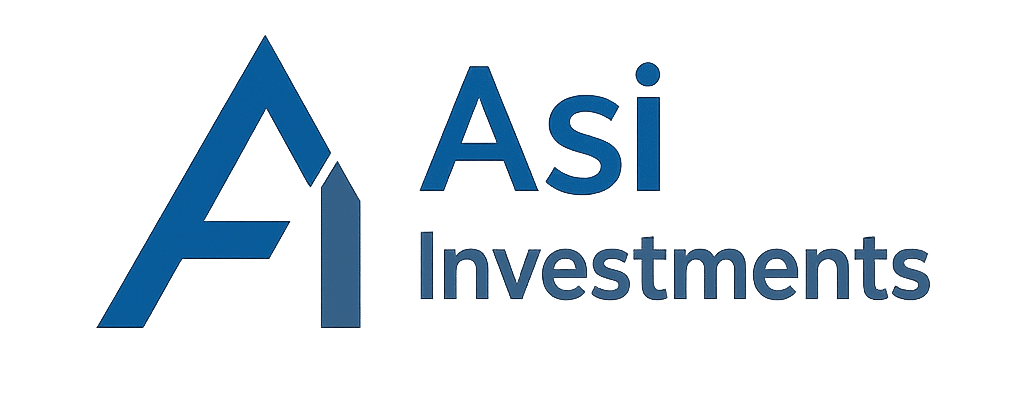DIFFERENCE BETWEEN GLD AND GLDM: COST, STRUCTURE, AND USE CASE

GLD vs. GLDM — Summary
Investors considering gold exposure have a choice between two SPDR ETFs-GLD or GLDM. While both ETFs track the price of gold bullion, they are different in terms of the fees, share structure and intended audiences. GLD has tremendous liquidity and scale for institutions, while GLDM has lower fees for retail investors and smaller share sizes. Knowing the differences is very helpful to ensure a fit-for-purpose allocation in your diversified portfolio.
Cost Comparison Of GLD Vs GLDM
When evaluating long-term holdings, subtle fee variations can compound into sizable differences. Below is a snapshot of the primary cost metrics:
| Metric | GLD | GLDM |
| Expense Ratio | 0.40% | 0.18% |
| Approximate Annual Fee (per $1k) | $4.00 | $1.80 |
| Average Bid-Ask Spread* | 0.02% | 0.05% |
Measured on high-volume trading days; spreads may widen in thin markets.
Expense Ratios And Annual Fees
GLD’s 0.40% fee reflects its heavy infrastructure — large-scale vault holdings, insurance and regulatory oversight. GLDM’s streamlined model trims that to 0.18%, translating into nearly 55% lower annual drag. Cost-sensitive investors will appreciate the fee delta, especially for mid- to long-term positions.
Bid-Ask Spreads And Liquidity Costs
On any trading day, GLD’s gargantuan average volume (often 5–10 million shares) delivers razor-thin spreads, typically around 2 basis points. GLDM, with lighter daily turnover, sees spreads near 5 bps. Though still modest, this gap matters for scalpers or intraday traders who seek minimal slippage.
Structural Contrasts Between GLD And GLDM
Beneath the surface fees lie different share-creation frameworks and physical-gold custody models.
Underlying Assets And Physical Gold Holdings
- GLD holds larger bars (400 oz London Good Delivery) stored in multiple global vaults.
- GLDM uses smaller bars (100 g), enabling fractional redemption.
Both maintain 100% allocated bullion, but GLDM’s granularity aids smaller redemptions.
Creation/Redemption Mechanics And Share Sizes
- GLD requires in-kind blocks of 100,000 shares for creation/redemption, favoring big-ticket players.
- GLDM lowers that to 10,000–1,000 share baskets, opening doors to smaller authorized participants.
Retail platforms may pass these efficiencies on through reduced premiums.
Use Case Scenarios For Investors
Matching product design to investor profile enhances outcomes and cost efficiency.
When To Favor GLD: Institutional And High-Volume Traders
- Deep liquidity supports large-order execution with minimal market impact.
- Tight spreads suit market-makers, hedge funds and pension funds.
- Well-established track record since 2004 bolsters confidence for sizable allocations.
When To Favor GLDM: Cost-Conscious And Retail Investors
- Lower fees benefit portfolios under $100,000, where expense drag is pivotal.
- Smaller share increments allow precise position sizing.
- Emerging digital platforms often promote GLDM for novice users seeking affordable gold access.
Performance, Tax Treatment, And Distributions
Beyond raw returns, investors should consider payout patterns and tax nuances.
Historical Return Comparison
Over the past decade, both ETFs have mirrored spot gold within a few basis points. Fee differentials account for most tracking gaps, so GLDM slightly outperforms net of costs. However, in volatile markets, annualized returns remain closely aligned.
Dividend Treatment And Tax Efficiency
Neither ETF distributes dividends; instead, they occasionally pay a small “gold lease” rebate. Both are treated as collectibles under U.S. tax code, incurring a maximum 28% rate on gains, regardless of holding period. No ETF has a distinct tax edge here.
Risk Metrics And Correlation Insights
Assessing volatility and drawdown behavior clarifies portfolio fit.
Volatility Profiles
- GLD annualized volatility: ~15%
- GLDM annualized volatility: ~15.2%
Because underlying bullion drives both, risk profiles are nearly identical, though daily bid-ask swings may slightly lift GLDM’s short-term variance.
Drawdown And Recovery Analysis
Historical stress tests (e.g., 2008 crisis, 2020 correction) show both funds recovering parallel to spot gold. GLD’s larger base sometimes leads to marginally faster bounce-backs, but long-term investors will experience virtually the same drawdown depths and recovery timelines.
Choosing Between GLD And GLDM: A Step-by-Step Guide
- Define Investment Horizon: Short-term traders lean on GLD’s liquidity; buy-and-hold investors may favor GLDM’s cost savings.
- Estimate Position Size: Large blocks? GLD’s share mechanics deliver the best execution. Small, precise stakes? GLDM wins.
- Calculate Fee Impact: Model net returns over your target timeline, incorporating expense ratio differentials.
- Assess Trading Style: Frequent rebalancers need tight spreads — GLD is optimal. Occasional reallocators benefit from lower fees — GLDM shines.
- Review Platform Availability: Confirm your broker supports your chosen ETF without hidden surcharges or minimum lot restrictions.
Summary Of The Difference Between GLD And GLDM
Although both GLD and GLDM provide pure gold exposure, the differences are in the details. Unlike GLD’s operational aspects, design features, and pedigree from institutional investment, GLDM has a more amenable cost-fee structure and a shared size more compatible with retail investors. By matching your cost appetite, trading frequency and position size to the right ETF, you’ll capitalize on the benefits of gold in your portfolio in the most effective way.




